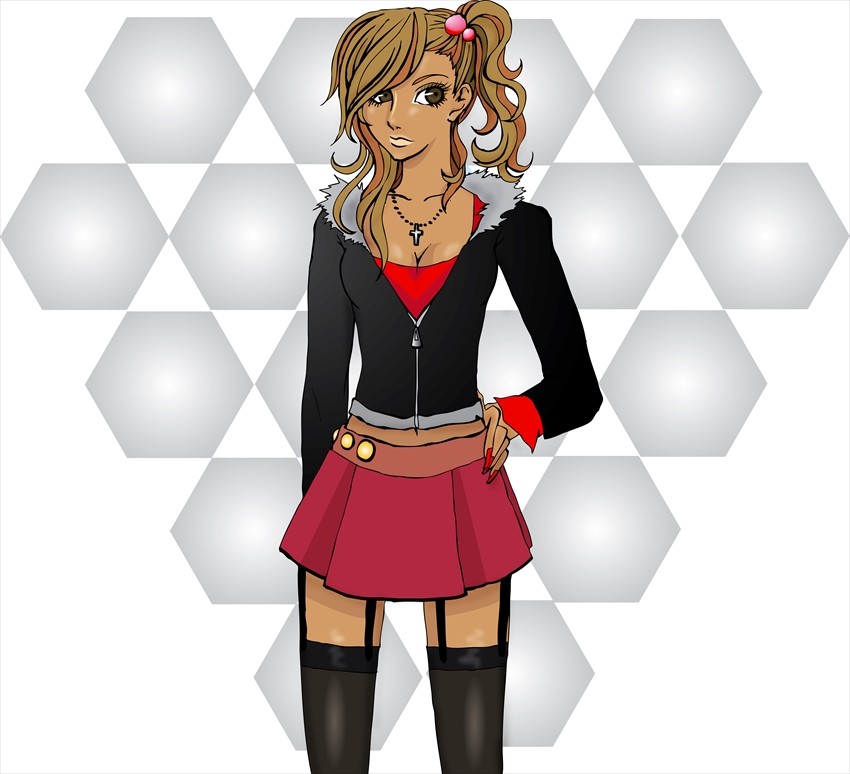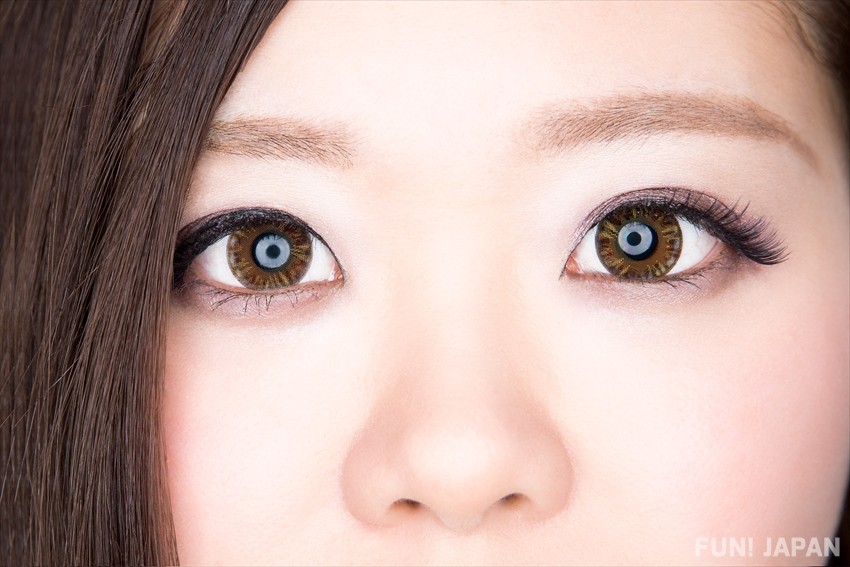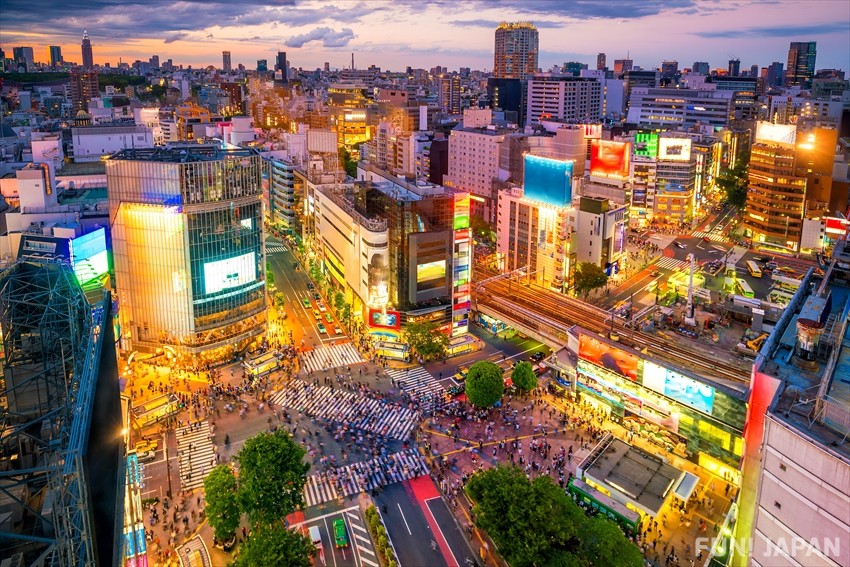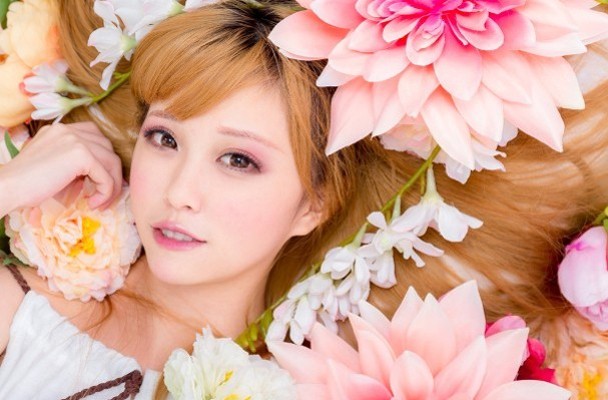Many fashion subcultures from Japan have been popularised across the world: Harajuku Girls, Lolita Style, the bright and colourful Fruits… But Japan’s Gyaru are one of the lesser-known trends of Japan’s street fashion. Modelled on western fashion and heightened femininity, they are an unusual and fun take on western style.
Who are Gyaru?
Often viewed as fun, flirtatious and based on a western style, the gyaru of Tokyo are a classic subculture known for tans and blonde hair. Meaning girls, it is a largely female style but there are men who participate too.
Started in the late seventies but peaking in the nineties and early two-thousands, the style has developed and changed over time, but the key elements of Gyaru style have remained. As with all Japanese subcultures, there are an extensive set of subsets depending on style and gender, with the standard form called Gyaru-kei.
Where does the name Gyaru Come from?
The name gyaru is a transliteration of the common English word ‘gal’ meaning girl. There are many theories as to where the name came from, but two popular possibilities are from American fashion brands Levis and Wrangler. Both used the word ‘Gals’ in their advertising of women’s lines in the late sixties and early seventies, coinciding with the rise of women’s independence and Western fashion.
Getting the Gyaru Look

Inspired, legend had it, by Pamela Anderson in Baywatch, the general Gyaru style is an intense take on Western fashion from the time.
Bleach-blonde hair is often curled or crimped, with dying or hair extensions for added effect. Sujimori, meaning ‘assorted streaks’, is a style of emphasising the different strands using gel. A tan is key, emphasising both the hair and the make-up. This includes bronzer, black eye-liner and fake eyelashes or eyelash extensions as well as contouring for those keen to recreate the western look. Keen to go the extra mile, many dedicated gyaru will wear coloured contact lenses or circle lenses which create a more visible pupil on darker eyes.

When it comes to clothing, this can depend more on the substyle, with different aesthetics to choose from. A mix of Western and Japanese brands are common, with luxury brands being a popular choice but only when mixed and matched with other pieces. The hub of gyaru culture is Shibuya 109 - a department store focused on youth fashion. Often sold at pop-ups or online, popular Gal brands include Moussy, SLY, ANAP, Shake Shake and Love Boat.
Different Gyaru Substyles
There are a wide variety of substyles in the Gyaru world, modelled on individuals, cultures or celebrities in general. Some of the more popular or unusual styles included:
- Amekaji is a style focusing on a casual American style, with bright colours and key items like bomber jackets, tennis shoes and t-shirts.
- Gyaru Serebu is a celebrity-focused aesthetic, with the goal being to become an actual celebrity through the success of the look. Requiring luxury brands and high-class events, it was a dedicated few who could succeed.
- Gyaru-o are the male gyaru, often keeping the styled hair and tan, along with a carefully chosen fashion style depending on their substyle.
- Kogyaru often wear school uniforms and are a later addition to the scene, wearing adapted uniforms but inspired by original high-school gyaru of the 80s.
- Gyaru-mama are a further example of how the generations have continued the gyaru-style as those who had children would dress them in a similar style to complement their look.
- Hime Gyaru are a less common but stunning style of gyaru, taking the Rococo style and combining it with the elements of gyaru. This leads to frills, hyper-exaggerated make-up and a princess look completed with bouffant hairstyles.
- Shirogyaru follow most of the gyaru styles but opt to do so without a tan, making their look a little less unusual.
It is important to be aware that there are also a number of gyaru-substyles that are culturally inappropriate. Focusing on darkened skin and aesthetics taken from cultures such as Rastafari and Chicano, they have now become less socially-acceptable.
Gyaru Idol Culture
Given the fashion-focus and celebrity-inspired styles, it’s no wonder there were and are many gyaru idols, models and celebrities, particularly in the late nineties.
Namie Amuro is one of the biggest gyaru idols, responsible for inspiring the Amuro Gyaru style called Amuraa Gyaru. As a model, singer, actress and idol, her influence spanned from 1992 to 2018. Her street-style often consisted of boots, mini-skirts and darker hair than was usual for gyaru. A celebrity across Japanese entertainment in general, her rise to fame created a surge in gyaru popularity, helping it reach its peak in the 90’s and 2000’s.
Ayumi Hamasaki is another popular singer and idol who helped boost gyaru culture, with a journey in gyaru styles during her long career, selling over 50 million records in Japan. Tsubasa Masuwaka, Kumiko Funayama, known as Kumicky, and Koda Kumi were also all vital in cementing the style and providing inspiration for styles and trends.
Gyaru Today

While the style has largely declined since the late 2000’s, there are still many gyaru to be found in Tokyo today. Shibuya 109 is the hub of the style, with many gal groups meeting for shopping trips. There are many reasons considered for the decline in gyaru culture, with the saturation of the fashion scene with western fast-fashion chains being one of the leading options. While some gyaru have mellowed their style as time goes on, some have continued to sport the more intense look, with Shibuya being the best place to find gyaru in Tokyo.

Comments